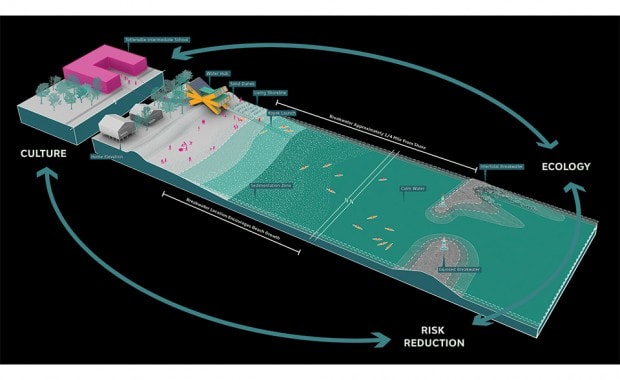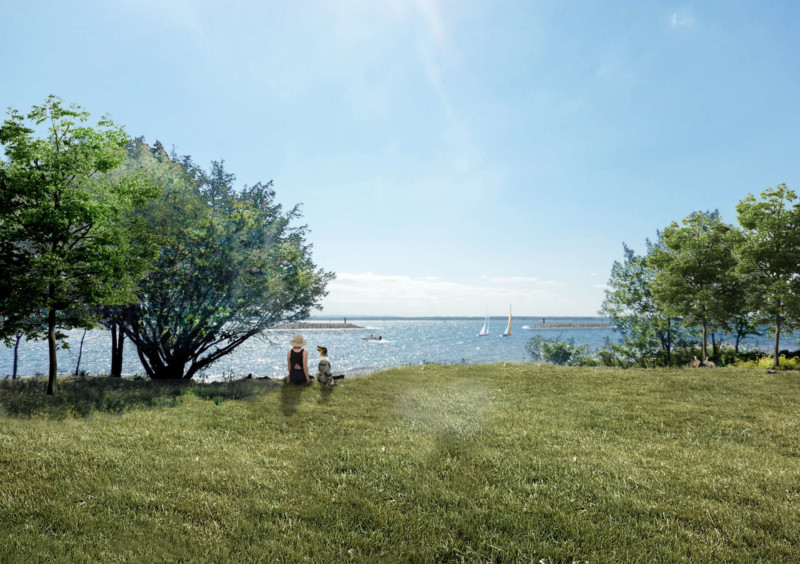

“But that background is no longer there, it’s in a state of collapse. “We have been living in this world where nature has existed sort of as a backdrop,” said landscape architect Kate Orff, whose design firm Scape conceived of the Living Breakwaters project.

Once a staple of the Lenape people’s diet, oysters led European visitors later to write home in wonder of their quality, and colonizers turned them into a major industry – ultimately devastating local oyster populations through pollution and overconsumption. Instead, the project is designed to protect the city by harnessing the power of the very natural systems that have been all but destroyed by environmental degradation – and reviving them in the process.įor thousands of years, oysters played a special role in the story of New York. It is a departure from so-called gray infrastructure like dikes, seawalls and dams – the tools that largely define New York’s efforts to control flooding. In a sense, Living Breakwaters is an attempt to reimagine the relationship between humans and nature in one of the world’s most heavily engineered harbors. A sophisticated mechanical system that uses heat recovery to feed heat gain energy back into the system is incorporated into the design to provide constant fresh air exchange.An oyster at Grand Army, a Brooklyn restaurant partnering with the Billion Oyster Project. Natural ventilation is encouraged along the periphery with the use of a passive air ventilation system. This configuration permits the daylight to enter the facility on multiple sides.


The roof of the outer perimeter housing the animals is raised above a lower interior roof plane, which covers other shelter functions. This provides higher performance in comparison to typical glass and maximizes the benefits of natural light. The building is sheathed in a highly insulating, translucent polycarbonate envelope. The main objective behind the design for the new Staten Island Animal Care Center was to create a high quality environment for the animals, staff and visitors. Once you can attract them off that boat, you got them here,” James Molinaro, the borough president, stated. We have 2 million tourists a year on the ferry, so we have a built-in audience to use it, and it’s a different audience every day. “It’s the greatest thing that has been proposed for Staten Island, especially on the waterfront. The Ferris Wheel is intended to capitalize on the Island’s amazing views of Manhattan and build up the Island’s visitor flow.
#Living breakwaters staten island free
While millions enjoy the free trip across the harbor on the ferry every year, few venture far from the boat. To put 600 feet in perspective, think bigger than the Singapore Flyer at 451 feet and the London Eye’s 450 ft marker, and much bigger than Coney Island’s Wonder Wheel at 150 feet. Talks are in the works of creating a giant 600 ft Ferris wheel near the Staten Island Ferry Terminal to generate activity for the waterfront. Staten Island, arguably New York’s most often forgotten borough, may finally be getting its moment in the spotlight.


 0 kommentar(er)
0 kommentar(er)
